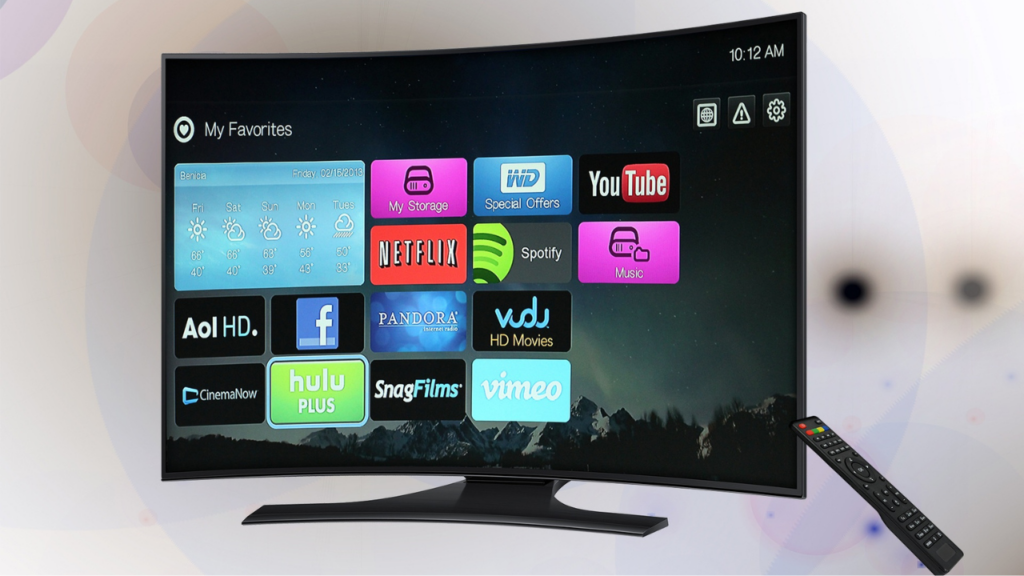With the Upfronts and Newfronts now in the rearview mirror, the buzz is that brands and agencies are leaving more dollars in their coffers to play the scatter market amid a fast-changing media landscape. That makes perfect sense.

And it’s also potentially good news for the connected TV marketplace, whose primary octane is programmatic buying in which advertisers bid for spots over virtual exchanges as if trading stocks. But while traditional media buying in the linear TV world always required a leap of faith (“I waste half my ad budget; I just don’t know which half.”), the simultaneous granularity of CTV also comes with a certain lack of transparency that might be even dicier. After all, it’s nearly impossible to know where a particular spot ran, what content abutted it on each side, and worse, whether it ran right after a 20-minute block of unfilled time. Our own StreamTRAK® video intelligence service continues to find copious unfilled time across FAST-live channels, for example. Things are better in the AVOD world, especially as first-party deals increasingly emerge, but overall… CTV has issues. For instance, CTV ads on many platforms can still count as an impression even if the TV is off because many people don’t simultaneously turn off their streaming devices, letting those ads keep on playing. This is a major advantage point for smart TV makers, by the way, because not only must the TV be on for an ad to play, but their automatic content recognition (ACR) data is often superior to other forms of CTV measurement.
You may have missed it last week, but research firm Adalytics issued a disturbing study reporting that 80% of Google’s YouTube ads delivered to third-party sites appear to run without video or sound, or even just go to shady sites whose only content… is ads! Things are a little more orderly in the AVOD world (and perhaps even the FAST world despite other issues), but these kind of red flags beg for industry-wide reform. The old saw is that agencies make so much money on commissions bouncing those ad placements everywhere that, as MediaPost’s Dave Wilkins recently declared in a piece, “we are an industry rife with willful ignorance.” It’s no wonder that brands constantly complain about the lack of transparency, but it’s also no wonder that they feel powerless to do anything about it. Despite all the innovation around CTV and ad-tech over the last several years, advertisers still have no choice but to grin and bear these realities. In fact, a study this week by TVision found that CTV ads still beat out social media, mobile, and other digital ads in terms of consumer attention. For now, CTV may be the best worst option for any brand that would like to reach paying customers.
Next? Last year, we attended an ad-tech conference in Vegas just to get a sense of how CTV is advancing amid exploding volume and the considerable innovation in the space. The level of complexity is daunting, with dozens and dozens of ad-tech companies vying for attention as they try to bring some order to a rather chaotic environment without many rules or norms. People are literally making this up as they go along. That’s not to disparage those involved. Most are doing their best to serve up ads that meet brand and agency goals, with as much transparency as possible. Perhaps better ACR data will save us, but it increasingly feels like advertisers face more uncertainty than stability as CTV continues to advance. Just hope that good half makes up for the bad one.
